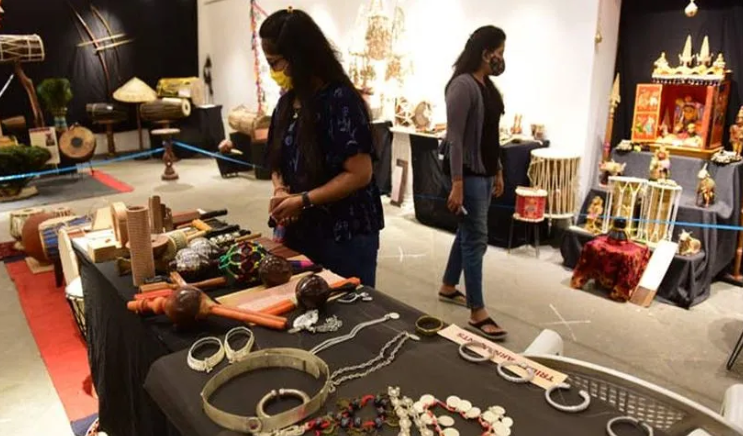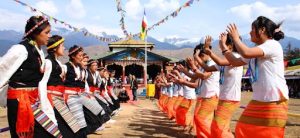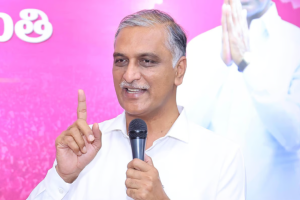
An exhibition celebrating centuries-old manuscripts, unique musical instruments, and more is currently being showcased at the Saptaparni cultural center in Banjara Hills, organized by Prof. Jayadheer Tirumala Rao. This annual art exhibition is buzzing with activity as art enthusiasts flock to admire the rare and primitive art pieces that highlight Telangana’s rich folklore.
Among the treasures on display are Dokro instruments and wooden percussion tools, which offer a distinctive glimpse into the region’s musical heritage. One notable manuscript, dating back approximately 300 years, tells the story of Jambapuran, while another, crafted from animal skin, features images and tales of Shakti Maata, complete with a detailed narrative in Brahmi script. Some manuscripts are inscribed on camel bones, while others utilize elephant thigh bones—each chosen for their durability, reflecting a belief that these writings should withstand the test of time.
“The exhibition aims to showcase the forgotten art and culture of Telangana folklore,” says Prof. Jayadheer Tirumala Rao. “It provides insight into the rich traditions of Adivasis and highlights the urgent need to spread awareness among younger generations. We have 240 musical instruments on display, including 20 that are on the brink of extinction.”
Prof. Rao, a retired professor from Telugu University, has played a crucial role in reviving these lost arts, dedicating himself to educating aspiring artists and youth. His collaborator, Mettu Venkata Narayana, elaborates on the evolution of writing materials, noting that palm leaves were once commonly used to convey cultural stories. However, these can only last for about 400 years before they deteriorate.
The exhibition features impressive paper scrolls measuring over 10 meters, detailing various aspects of history, janapada folk tales, village records, Ayurveda, Unani medicine, and royal events. One scroll narrates the history of castes and artisans, documenting the daily rituals and practices of village life, with specific attention to caste-based professions like those of Yadavas and village potters, all inscribed in Telugu (“Golusu Kattu” writing).
Manuscripts associated with the legendary Telugu poet Bammera Pothana, dating back around 500 years, are also on display. These palm leaves depict the Bhagavatam and the ten incarnations of Lord Vishnu, written by Pothana’s devoted followers, who humbly referred to themselves as “Vrasagadu” in their works.
Some of these rare writings, discovered in the interiors of Karimnagar district, date back to the BC era. Historians identify their age based on the evolution of the Telugu language and significant historical events.
This exhibition not only preserves the rich tapestry of Telangana’s cultural heritage but also serves as a vital reminder of the stories and traditions that deserve to be celebrated and remembered.







